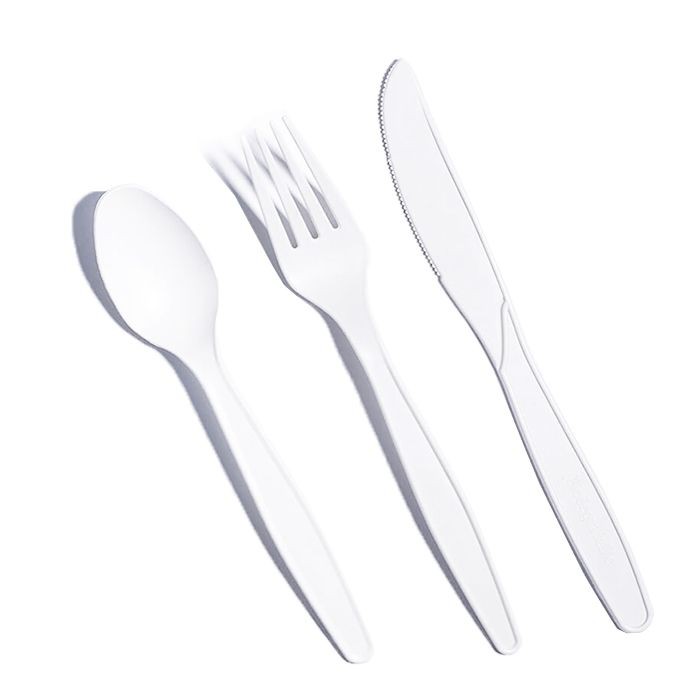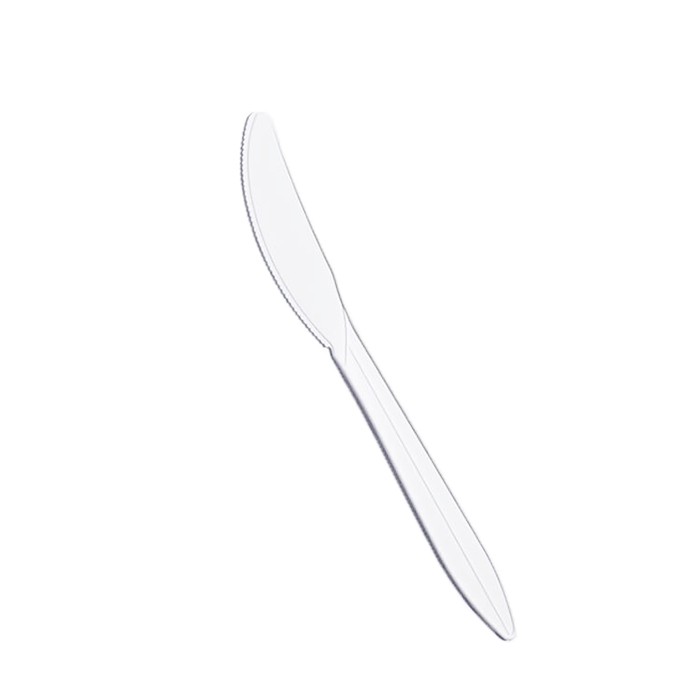Do PSM Forks have a high - precision design?
Jul 08, 2025
As a supplier of PSM Forks, I've been closely involved in the production and distribution of these essential utensils. One question that often comes up among our clients and potential buyers is whether PSM Forks have a high - precision design. In this blog post, I'll delve into this topic, exploring the aspects of PSM Forks' design, and how it meets the requirements of precision.
The Importance of Precision in Fork Design
Precision in fork design is not just about aesthetics; it has a direct impact on functionality. A well - designed fork should be able to pick up food easily, whether it's a small piece of salad or a large chunk of meat. The tines of the fork need to be of the right length, thickness, and spacing. If the tines are too short, they may not penetrate the food effectively. On the other hand, if they are too long, they can be cumbersome to use. Similarly, the spacing between the tines is crucial. If it's too wide, small pieces of food may slip through; if it's too narrow, it can be difficult to clean the fork.
PSM Forks: A Focus on Precision
PSM Forks are crafted with a meticulous attention to detail. Our design team starts by analyzing the various types of food that the forks will be used for. From light snacks to heavy main courses, we aim to create a fork that can handle a wide range of culinary delights.
Tine Design
The tines of PSM Forks are engineered to be sharp enough to pierce through different textures of food. We use advanced manufacturing techniques to ensure that each tine has a consistent shape and thickness. This consistency is key to the high - precision design. For example, when you're using a Plant Starch Knife to cut a steak and then switch to a PSM Fork to pick up the pieces, the sharp tines can easily penetrate the meat without breaking it apart too much.
The length of the tines is also carefully calibrated. We've found that a certain length provides the best balance between ease of use and functionality. It allows users to reach into dishes without getting their fingers dirty, while still being able to pick up food efficiently.
Handle Design
The handle of a fork is just as important as the tines. A well - designed handle provides a comfortable grip, which is essential for a precise eating experience. PSM Forks have ergonomic handles that are shaped to fit the natural curve of the hand. This reduces fatigue during long meals and allows for better control when using the fork.
The thickness of the handle is also optimized. It's thick enough to provide a sturdy grip but not so thick that it feels bulky. This attention to detail in the handle design contributes to the overall high - precision nature of PSM Forks.
Manufacturing Processes for Precision
To achieve the high - precision design of PSM Forks, we use state - of - the - art manufacturing processes.
Injection Molding
We rely on injection molding technology to produce our forks. This process involves injecting molten material into a mold cavity. The advantage of injection molding is that it allows for high - volume production with consistent quality. The molds are designed with extremely tight tolerances, ensuring that each fork produced is identical in shape and size. This consistency is a hallmark of high - precision manufacturing.
Quality Control
After the forks are molded, they go through a rigorous quality control process. We inspect each fork for any defects, such as uneven tines or rough edges. Only forks that meet our strict quality standards are allowed to leave the factory. This commitment to quality control ensures that every PSM Fork that reaches our customers has a high - precision design.
Comparison with Other Forks
When compared to other forks on the market, PSM Forks stand out in terms of precision. Some cheaper forks may have inconsistent tine lengths or poorly designed handles. These forks can be frustrating to use, as they may not pick up food properly or may cause discomfort during use.
In contrast, PSM Forks offer a reliable and precise eating experience. Whether you're using them at home, in a restaurant, or for a catering event, you can count on PSM Forks to perform well. For example, if you're serving a variety of appetizers at a party and using PSM Spoons along with our forks, the precision design of both utensils will enhance the overall dining experience for your guests.
Sustainability and Precision
Another aspect that sets PSM Forks apart is our commitment to sustainability. Our forks are made from recyclable materials, which is in line with our goal of reducing environmental impact. Recyclable Disposable Cutlery is not only good for the planet but also shows that we can combine high - precision design with eco - friendly practices.
The use of recyclable materials doesn't compromise the precision of our forks. In fact, we've worked hard to ensure that the materials we use can be molded into the precise shapes and sizes required for our fork design. This means that you can enjoy the benefits of a high - precision fork while also doing your part for the environment.


Conclusion
In conclusion, PSM Forks do have a high - precision design. From the carefully engineered tines to the ergonomic handles, every aspect of our forks is designed with precision in mind. Our advanced manufacturing processes and strict quality control ensure that each fork meets the highest standards of quality.
If you're in the market for high - precision forks, whether for personal use, a restaurant, or a catering business, we invite you to consider PSM Forks. We're confident that our forks will exceed your expectations in terms of functionality and design. If you're interested in purchasing our products or have any questions, please feel free to reach out to us for a procurement discussion. We look forward to working with you to provide the best cutlery solutions for your needs.
References
- "Principles of Cutlery Design" - Journal of Culinary Equipment
- "Sustainable Manufacturing in the Cutlery Industry" - Environmental Science and Technology Journal
